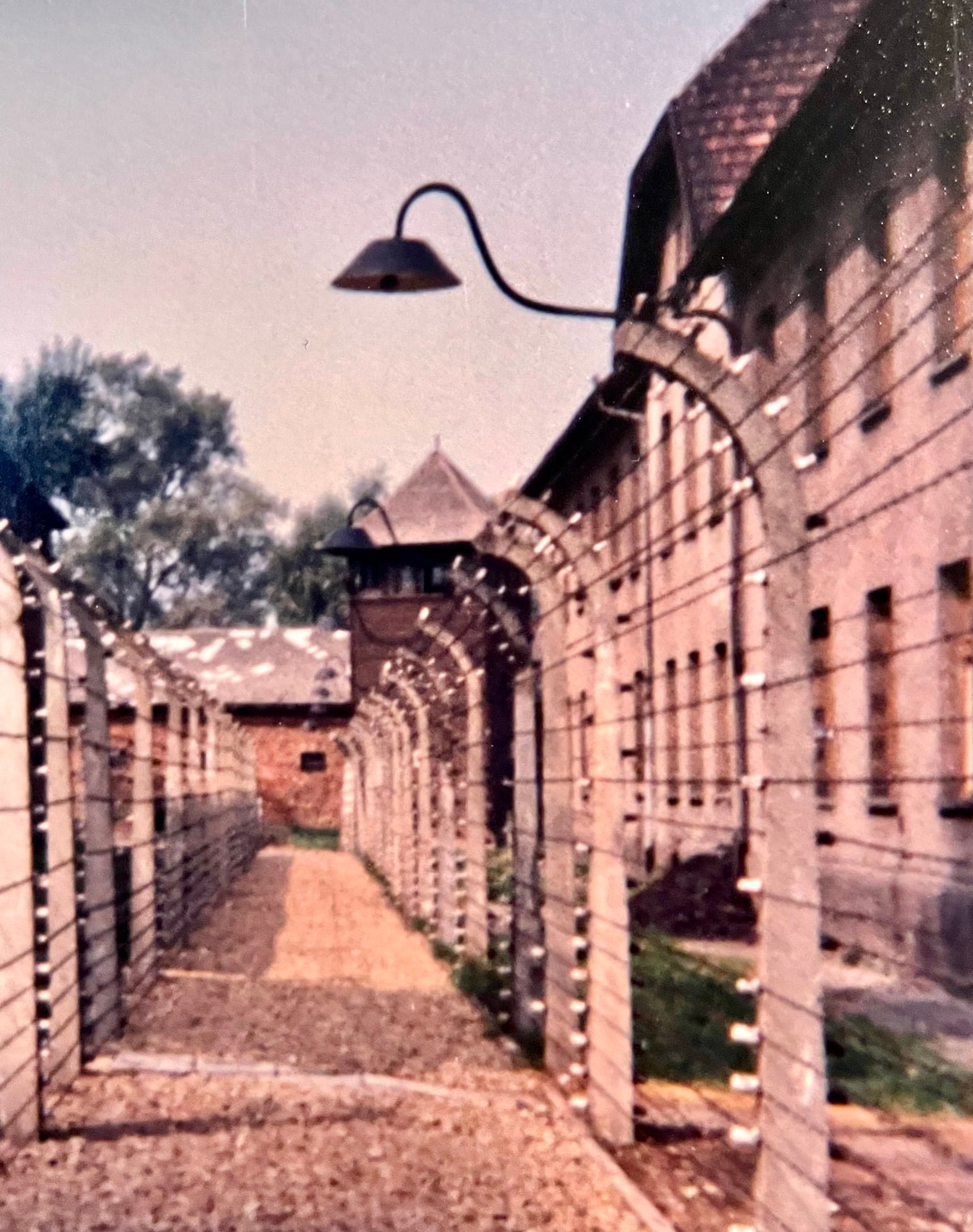APRIL 19, 2022 –
It was in Krakow—at the youth hostel where I stayed—where I experienced the most memorable theater poster-based “class” (see 4/12/22 post). One of the other guests, Jerzy, was a young artist from Lublin. He spoke slow but understandable English and our conversation attracted the attention of six Polish students at the hostel. They insisted on seeing the posters I’d acquired in Warsaw and took turns telling about each featured play—and each playwright. Their collective knowledge was encyclopedic. For hours that evening, Jerzy translated as the group gave me “extra credit” lessons in Polish art, history, and politics.
In a letter home I described the affinity that had developed over the course of our conversations:
“On the morning of my departure from Krakow, I left the hostel at 6:00 a.m.—before anyone was up. But as I stuffed the last few items into my pack, one guest whispered, ‘Good-bye!’ I turned to see one of my friends extend his hand for a farewell handshake. One by one the others woke to see me off. On my way out, I shook everyone’s hand. It was a very moving experience. I’ve never had a send-off quite like that one.”
My next destination was to the west of Krakow about 70 kilometers: Auschwitz, the infamous Nazi death camp.
I spent the better part of a day at this terrible site, and from the moment I passed under the words, “ARBEIT MACHT FREI” over the entryway, I felt a disturbing mix of thoughts, judgments, and emotions. This state of heart and mind gave rise to anti-German sentiments, which I continued to harbor long after my departure. Only with a resurgence of rationality did I recall my pleasant and rewarding interactions with many Germans throughout my journeys. As the world has turned since, I’ve realized ever more that no nationality, no ethnic or religious group is inherently evil; that the evil unleashed by Hitler and his henchman wasn’t an exclusively German impulse. “Evil” and “cruelty” are universal human traits, just as their opposites are. Both good and evil reside in every society. Thus, the lesson of Auschwitz is not isolated in the past; it’s omnipresent, as in, “This can happen anywhere,” from Cambodia to Myanmar to Syria to North Korea to Ukraine . . . to . . . America.
Much of a tour of Auschwitz must be conducted in silence. Interjections—“Horrible!” “Appalling!” “Unbelievable!”—fall miserably flat. You can’t enter the gas chambers, for example, or peer into the crematorium ovens and say, “My God, this is awful!” You have to stop, collect your thoughts and emotions and acknowledge your species’s capacity for evil . . . and that you are a member of that species.
What made the biggest impression on me were not the vacant gas chambers or the empty crematorium ovens. Frankly, those relics of mass horror were so extreme as to be forms of abstraction in their current, abandoned state. What affected me most were the piles of personal belongings—a mountain of eyeglasses; another of combs; another of prosthetic limbs; yet another of valises bearing the names of their owners, painted on the sides. After viewing these displays, I needed to get outside, look up at the sky, and take huge breaths of air. I needed to remind myself that there’s hope for humanity.
(Remember to subscribe to this blog and receive notifications of new posts by email.)
© 2022 by Eric Nilsson
